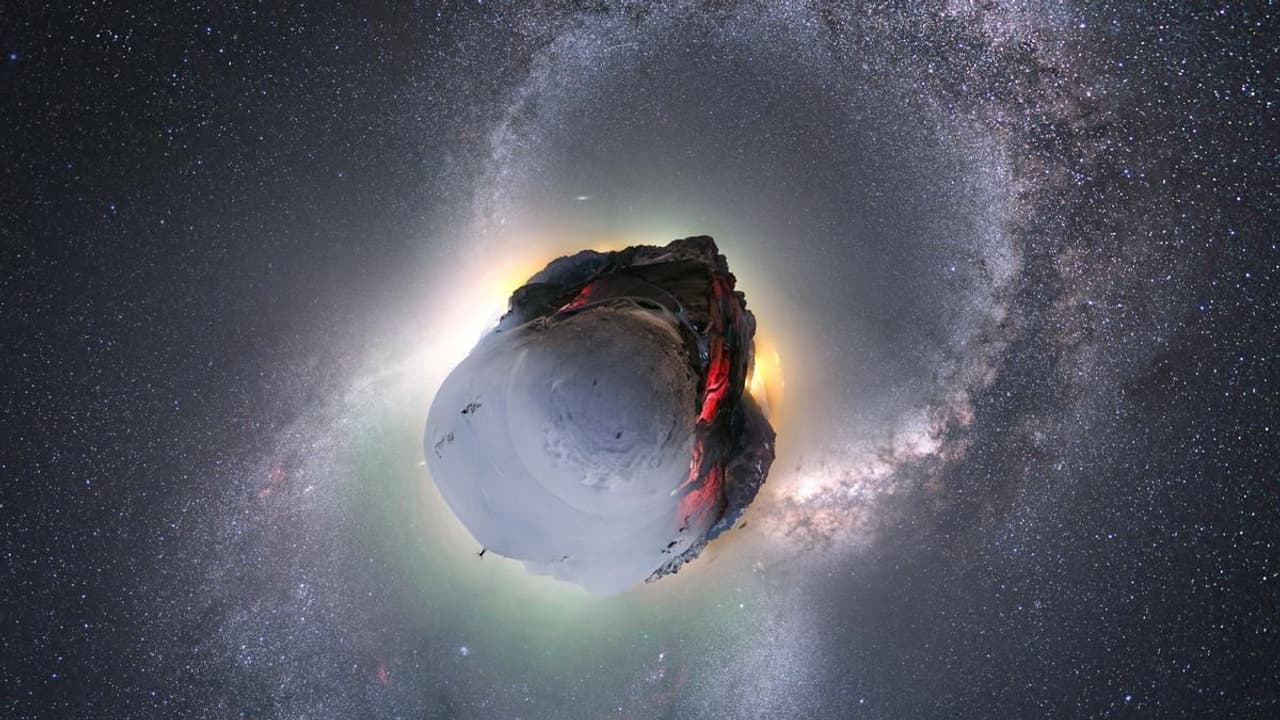Physicist Stefano Profumo suggests dark matter may come from a hidden mirror universe or be born at the universe’s edge during rapid expansion. Both theories could reshape how we search for the cosmos’ most mysterious substance.
Dark Matter’s Origins
Scientists propose two bold theories for dark matter’s origin — a hidden mirror universe or quantum creation after the Big Bang.
Dark matter is one of science’s biggest mysteries — an invisible substance making up most of the universe’s matter. We know it’s there because it shapes galaxies and cosmic structures, but we still don’t know what it’s made of.
Now, physicist Stefano Profumo from UC Santa Cruz has proposed two bold but science-based ideas for where dark matter might have come from.
Idea 1: A Hidden “Mirror” Universe
Imagine a completely hidden realm, like a cosmic twin, with its own particles and forces. In this mirror universe, matter could clump together to form ultra-small, stable black hole–like objects in the early universe. These would be invisible to our detectors but could explain all the dark matter we see today — their gravity silently shaping the cosmos.
Idea 2: Born at the Universe’s Edge
Right after the Big Bang, the universe expanded at a furious pace. Profumo suggests that during a brief phase of rapid growth — less extreme than inflation — quantum effects at the universe’s edge might have “radiated” dark matter into existence. Like particles that appear near a black hole’s event horizon, these would be created purely by gravity and remain stable over time.
Why It Matters
Both ideas are grounded in known physics, don’t require exotic new particles that interact with regular matter, and can be tested in the future. If either is right, it could completely change how we search for dark matter — focusing less on particle detectors and more on cosmic clues.
These two new studies were published in the journal Physical Review D:
“Dark Baryon Black Holes” — published May 9, 2025, describing how a hidden mirror universe could form black hole–like dark matter objects.
“Dark Matter from Quasi–de Sitter Horizons” — published July 8, 2025, proposing that dark matter might be generated by quantum effects at the early universe’s cosmic horizon.
Both studies were also featured in a UC Santa Cruz news release dated August 1, 2025, which outlines the two theories and situates them within Profumo’s broader research at UCSC.
